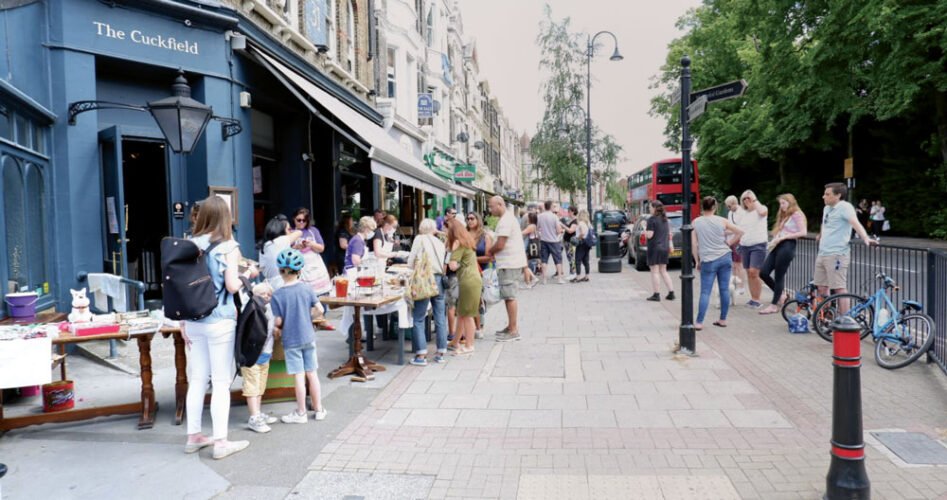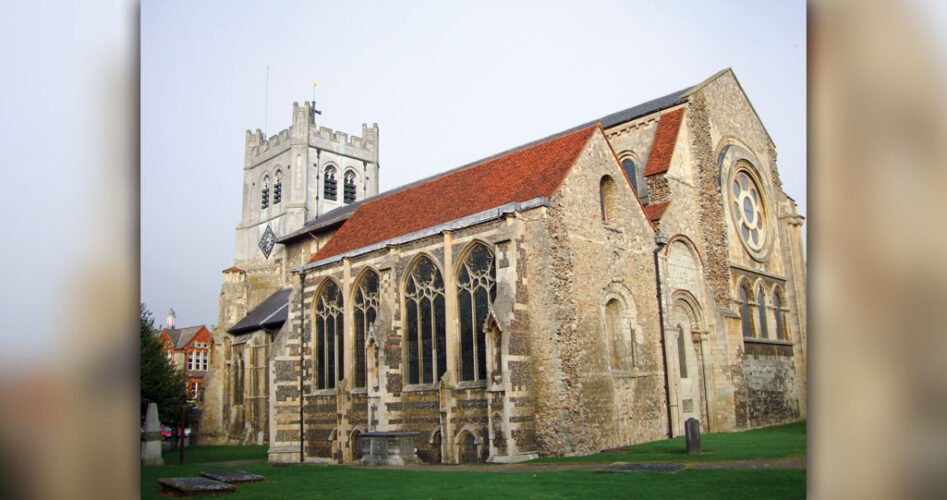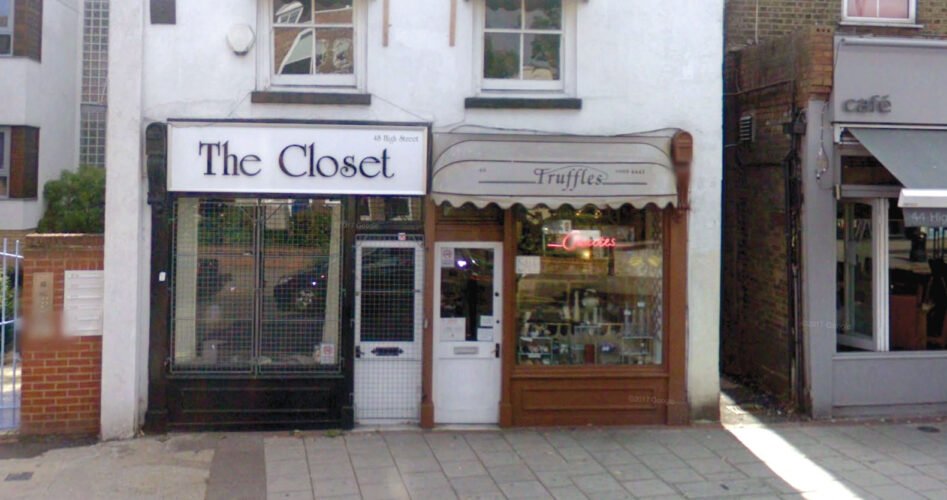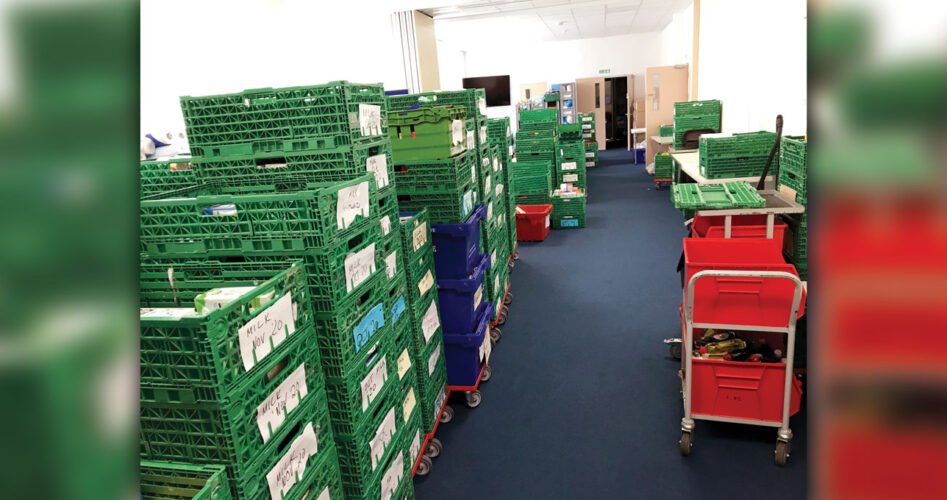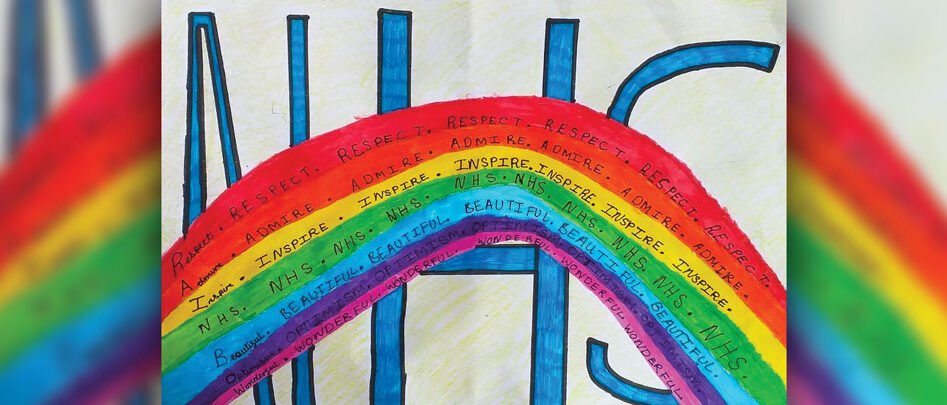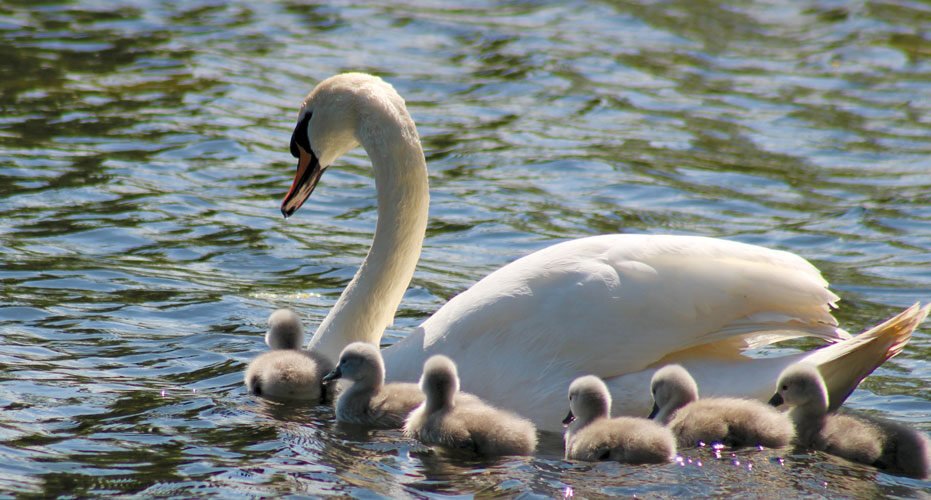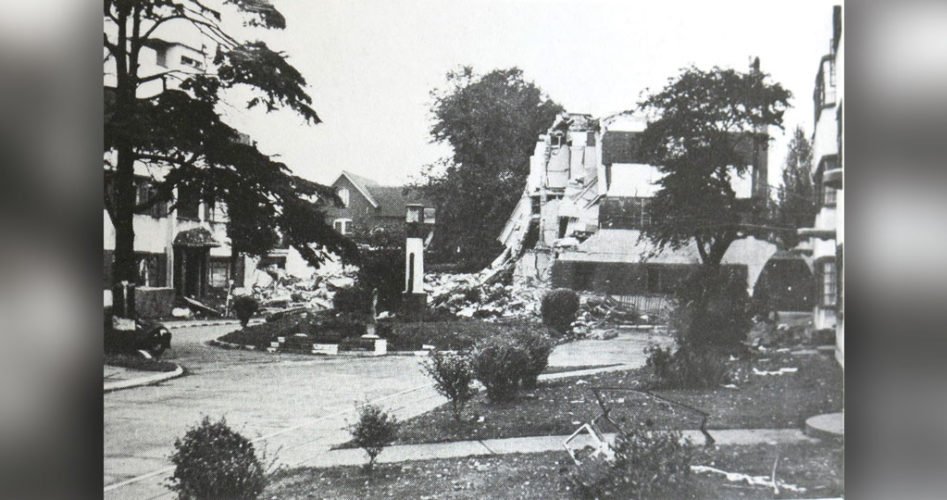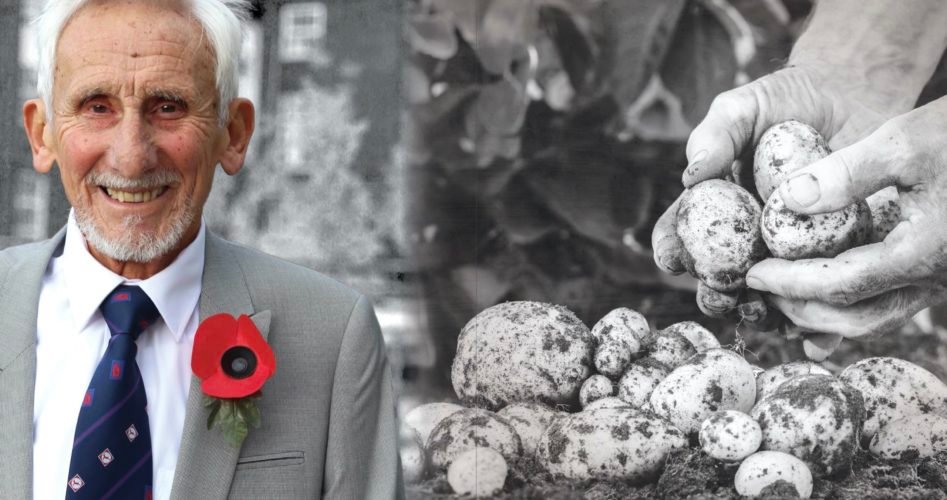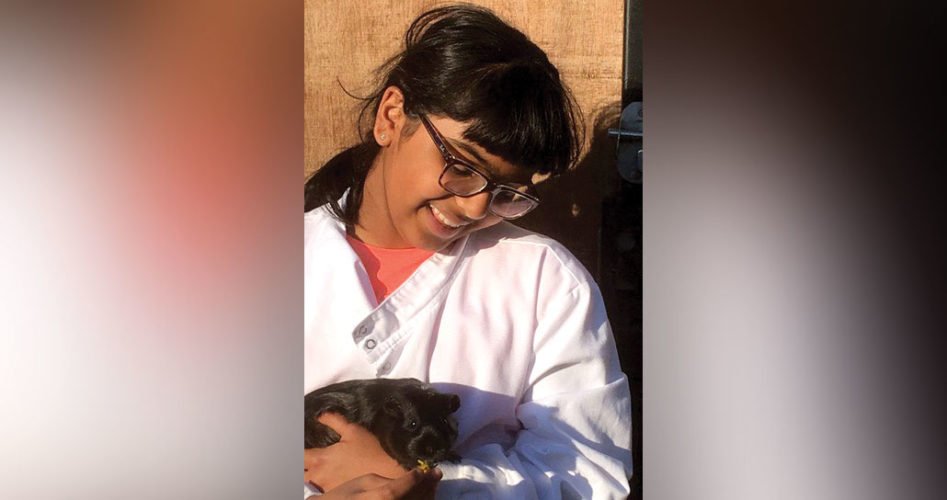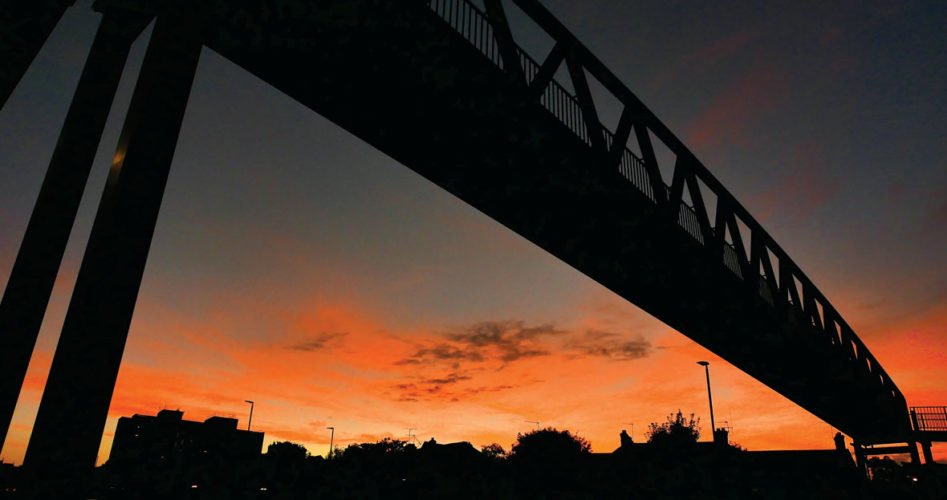An annual cake sale in aid of Haven House Children’s Hospice raised £21,695 in June, enough to pay for more than two days of care at the Woodford Green charity.
“I am totally amazed and overwhelmed how a little idea only a few weeks ago became such a fantastic event supported by the whole community. I thought I was going to have to cancel the 15th annual cake sale – which is usually held in our house and garden – until I thought about the idea of a virtual cake sale with the possibility of a stall outside so we could confirm to social distancing rules. Almost as soon as I put the idea out on our local neighbourhood group, I was inundated with offers of help. So, very quickly it evolved into a cake trail across Wanstead, Woodford, Walthamstow, Buckhurst Hill and even Australia and the USA! It was an incredible team effort,” said Michelle Vanlint.

